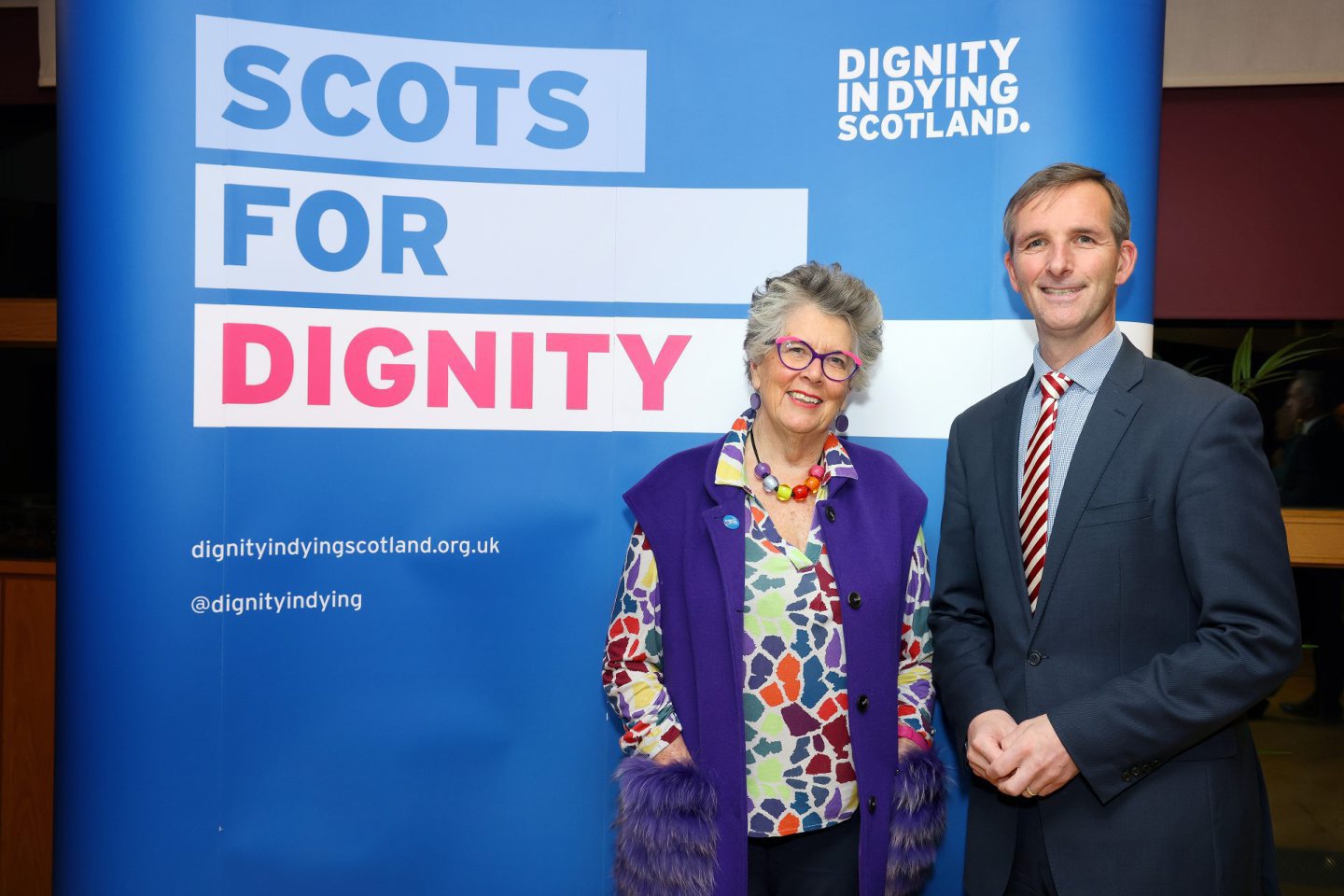Many years ago, friends of ours came to dinner, accompanied by their two children who were then aged about eight and 10.
During the course of the conversation, the younger child asked me, completely out of the blue, what frightened me. I was taken aback by the randomness of the question, and it took me a while to process it and think of how to respond.
In the end, I told him the only thing that truly frightened me was becoming unable to take care of myself; reaching a stage in life where age and infirmity required assistance in everyday tasks I currently perform without a second thought. The answer seemed to satisfy my young interrogator, and the conversation reverted to the usual banalities of life.
Now and again, that conversation comes back to mind, usually when TV news covers the heartbreaking plight of someone terminally ill and struggling to access the scarce resources on offer to ease the natural transition between life and death.
One such occasion happened recently, when I read of the latest attempt by a Scottish politician to introduce a bill legalising assisted dying. Orkney Lib Dem MSP Liam McArthur believes he has enough support to place his Assisted Dying for Terminally Ill Adults (Scotland) Bill in front of his peers in the Scottish parliament.
Previous efforts to legalise the practice – initiated by independent MSP Margo MacDonald, and later by the Greens’ Patrick Harvie – fell at the first hurdle. But Mr McArthur believes the passage of time since then means three-quarters of the current crop of MSPs have never had the chance to vote on an issue which is literally a matter of life and death. He plans to introduce the bill in the next few weeks.
Concerns are valid but can be properly addressed
The whole question of assisted dying is one on which most people’s views are firmly entrenched, my own included. Mr McArthur’s bill would require a person who wishes to end his or her own life to be seen firstly by two doctors who would both need to confirm the person has the mental capacity to make such a choice. If the doctors agreed, there would then follow a period of reflection, after which the person would receive the necessary medication to end life.
He believes those safeguards are sufficient to allow people who have been diagnosed as terminally ill and wish to die with dignity to make a reasoned decision to do so. Opponents, however – notably policy charity Christian Action, Research and Education – argue that the proposed legislation is riddled with loopholes.
It points to ambiguity over the term “terminally ill”, citing as an example people on ventilators who would be terminally ill if those ventilators were switched off. It also argues that the principle directly conflicts with the increased focus on suicide prevention, and voices a concern that the choice of assisted dying would morph into a perceived obligation for people who fear they have become a burden on relatives or the health service.
All these concerns are valid, but I believe that amendments to the bill, which would inevitably be added as it progressed along the legislative route, are perfectly capable of addressing them.
It should be up to the individual to decide
Other organisations point out that the legislation would not be necessary if there were proper investment in palliative care, which, according to Hospice UK, is currently unavailable to a quarter of those who need it, and is generally provided by charities rather than the NHS itself.
Doctors themselves have concerns, and 175 of them submitted a letter opposing Mr McArthur’s previous attempt at legislation in 2021. All of these objections need to be given serious consideration, but the bottom line, as far as I am concerned, is that it should be for an individual to decide when the pain and suffering which accompanies an end-of-life diagnosis outweighs the customary desire to live as long as possible.
If I should ever arrive at a situation where my personal suffering and short-term prognosis mean that death becomes preferable to life, I shall do the necessary
I do hope that Mr McArthur’s bill, suitably amended, makes it onto the statute book, and that those who help a loved one die at a time and place of his or her choosing are no longer criminalised for showing compassion when it is most needed.
Regardless of the outcome, however, if I should ever arrive at a situation where my personal suffering and short-term prognosis mean that death becomes preferable to life, I shall do the necessary to make it happen, regardless of what the law says.
Derek Tucker is a former editor of The Press and Journal


Conversation